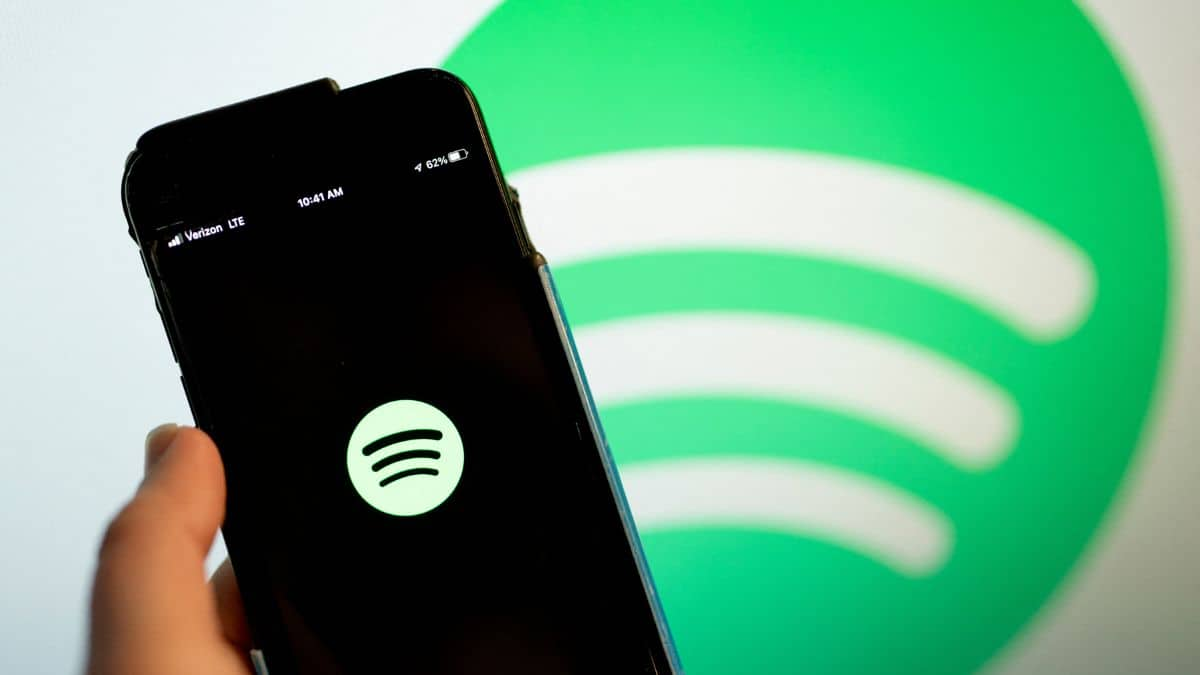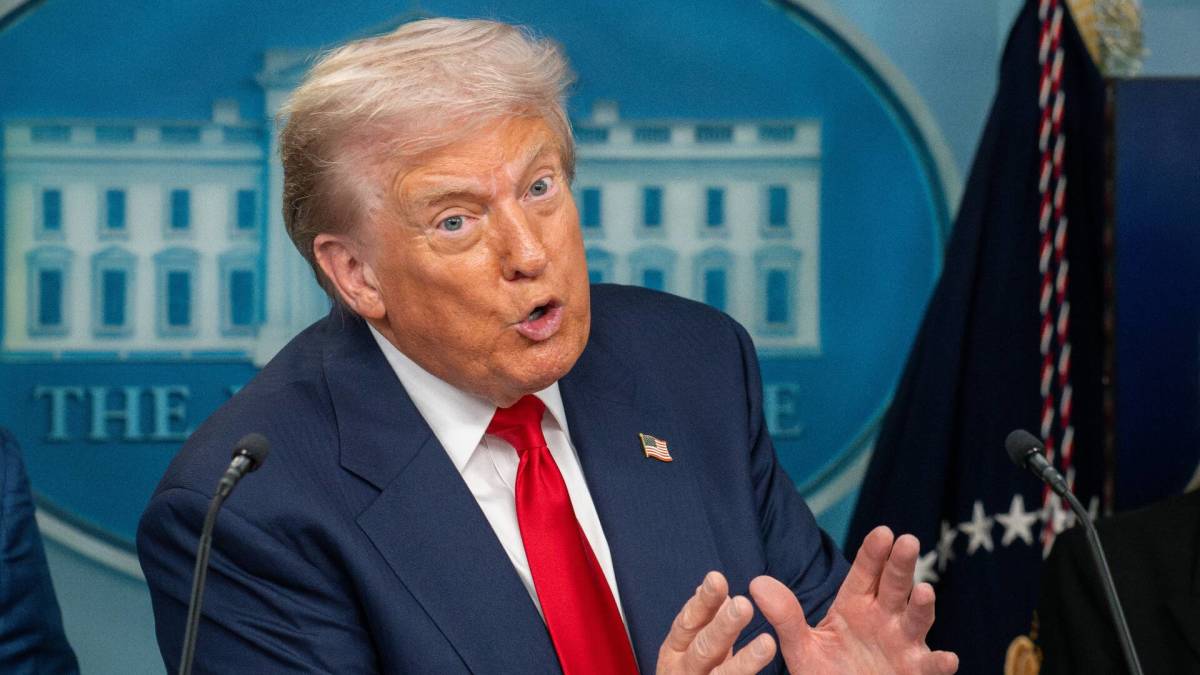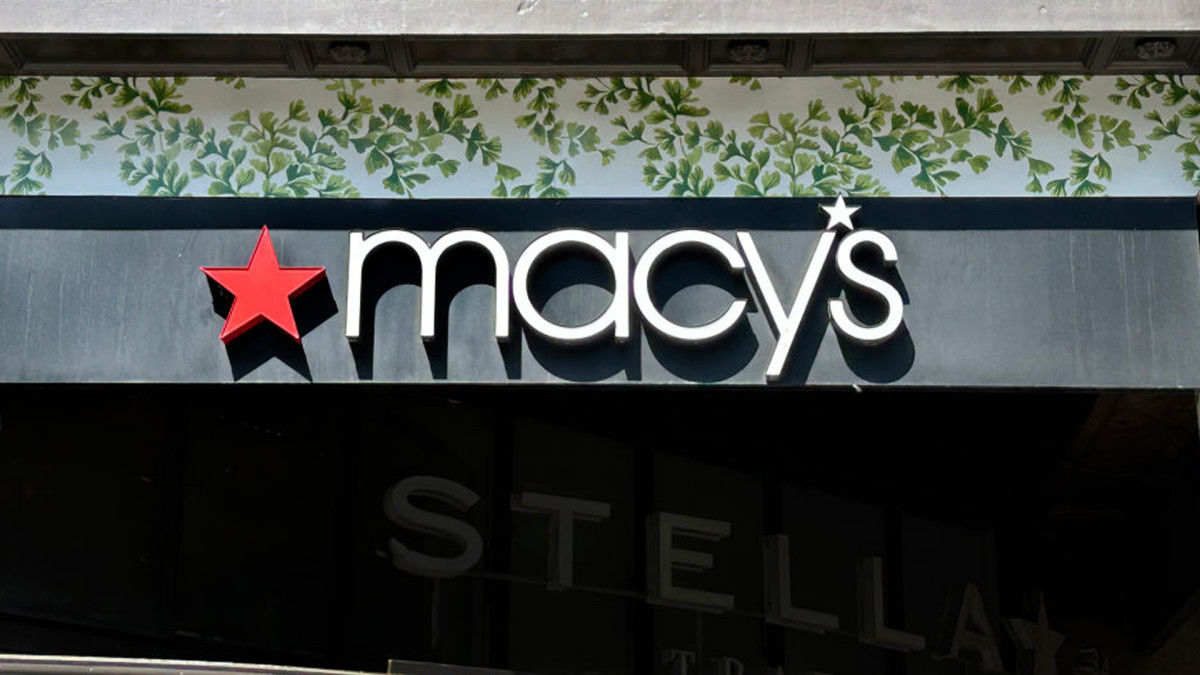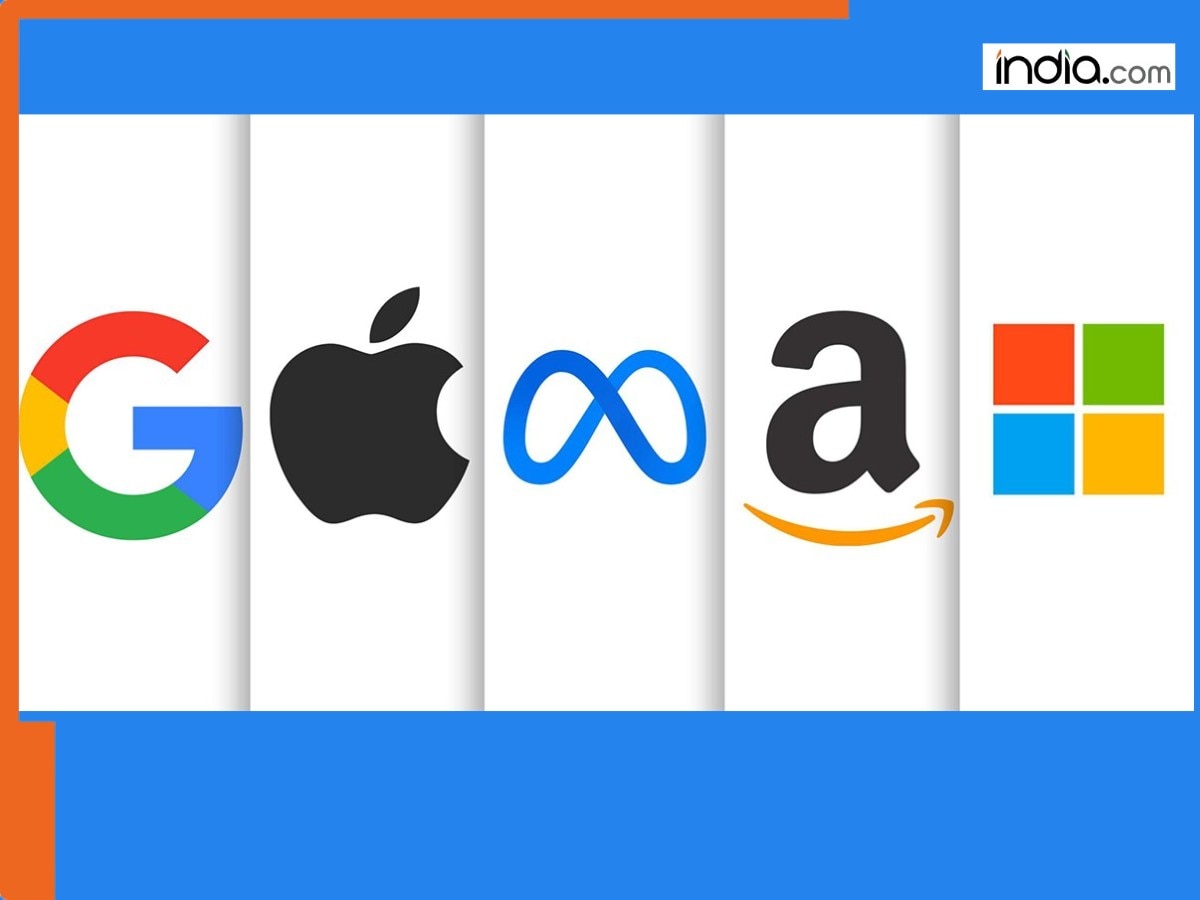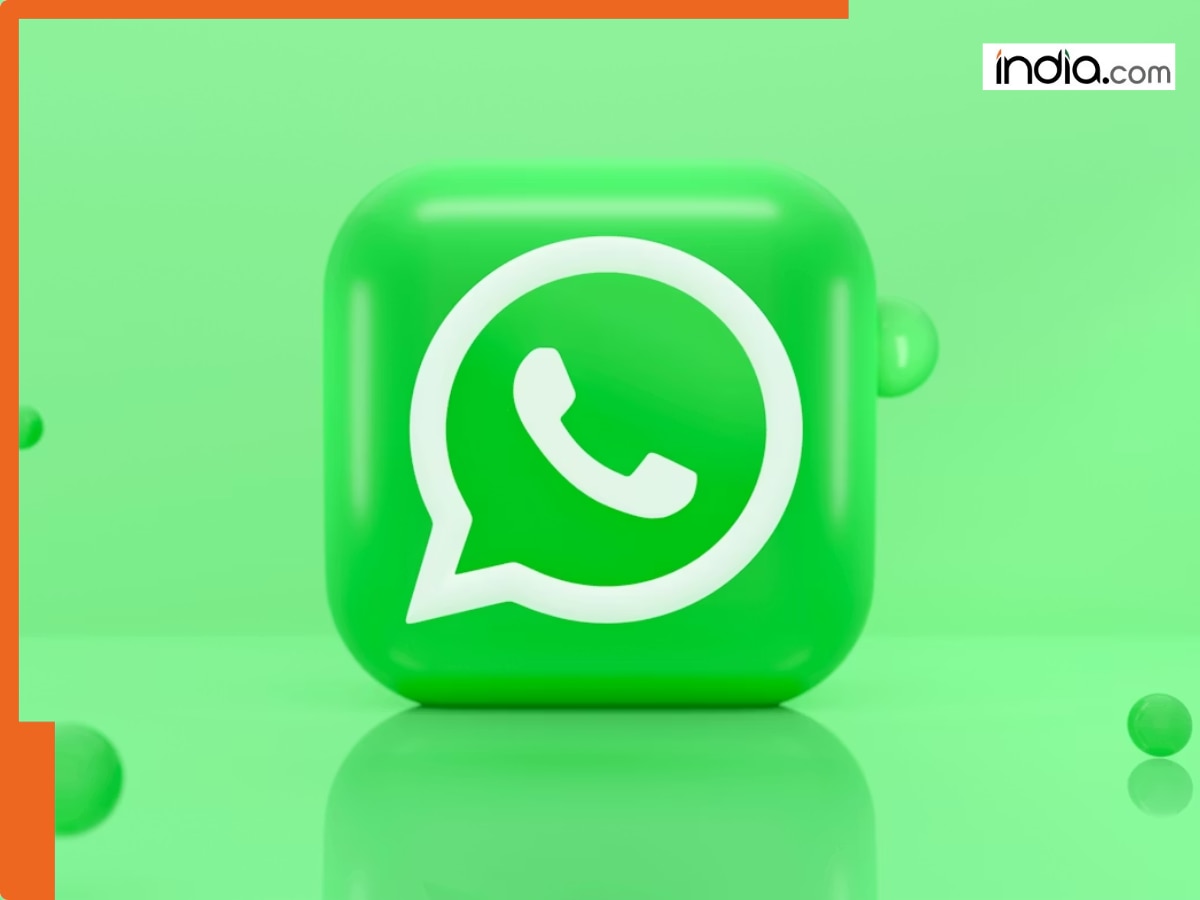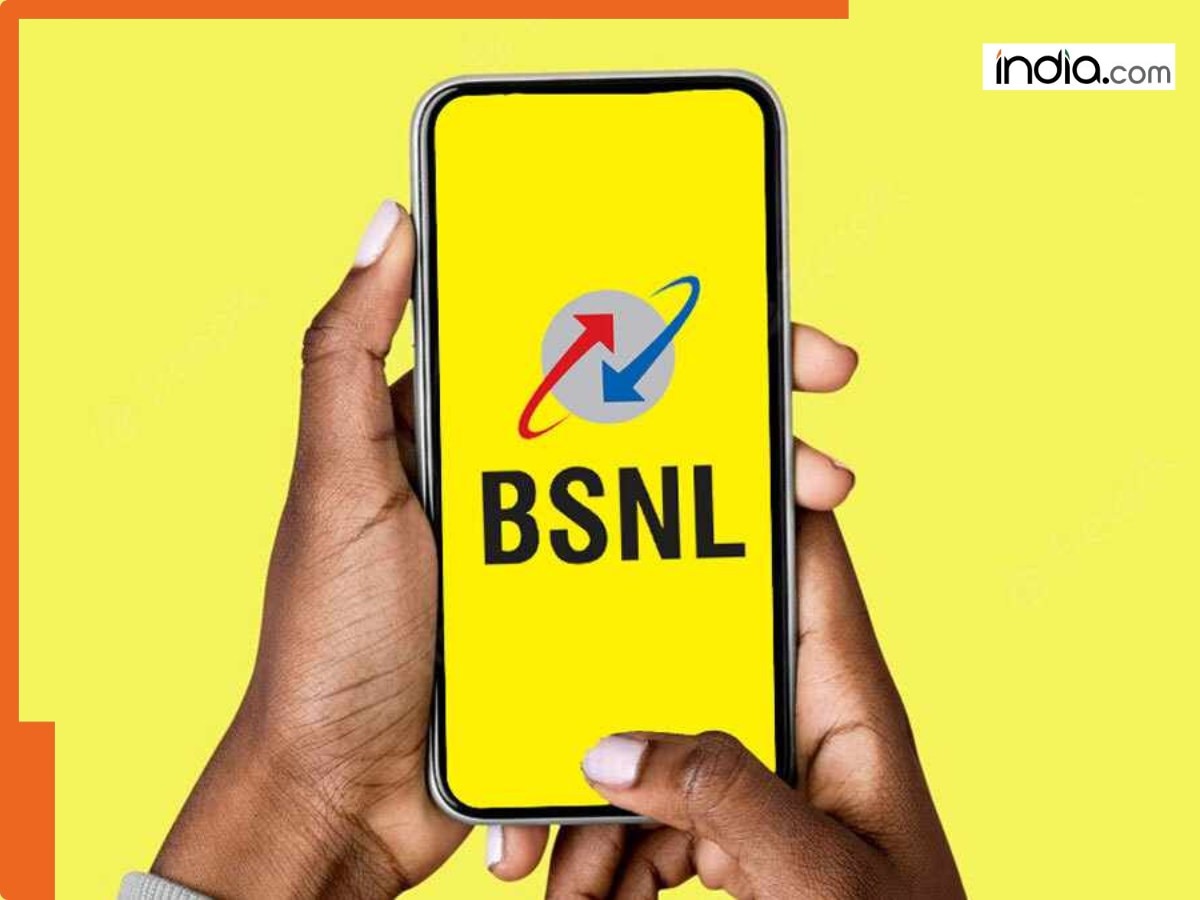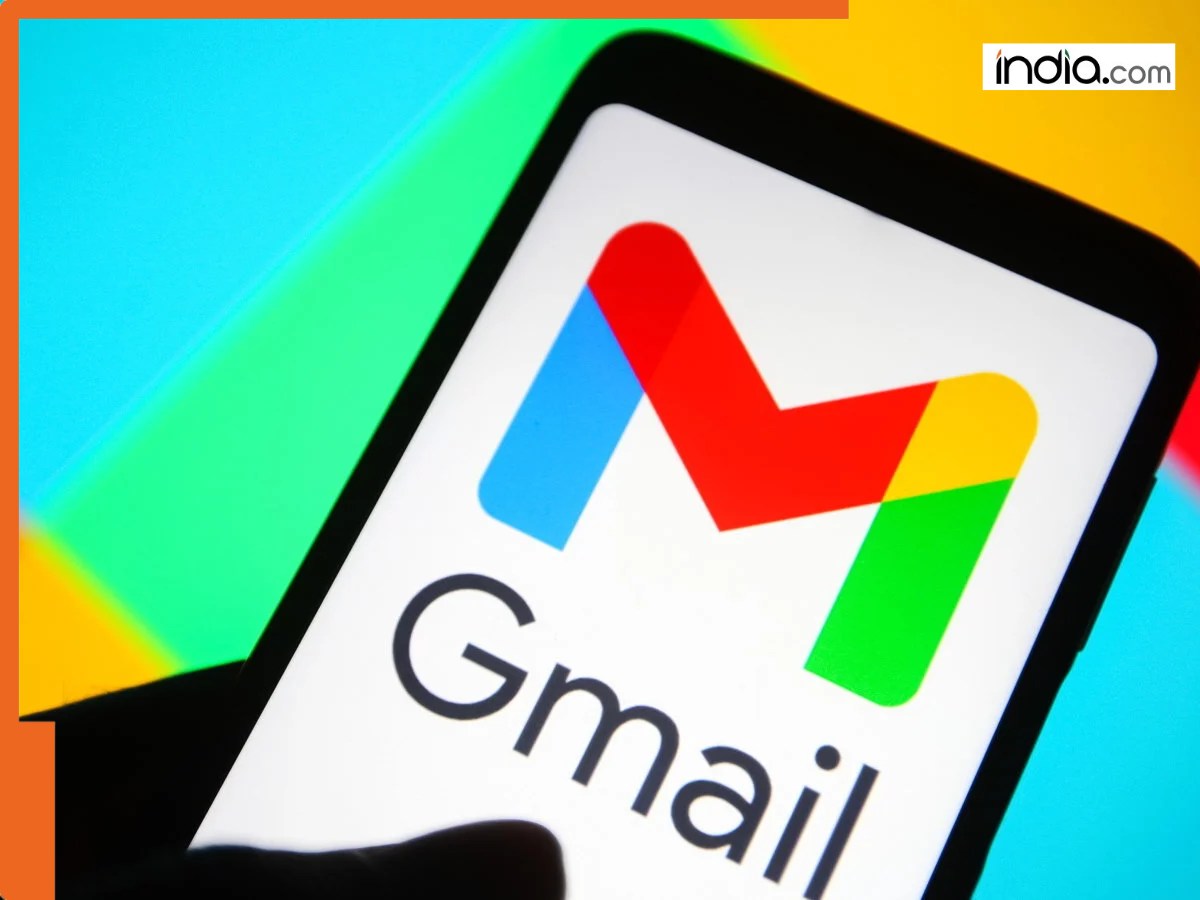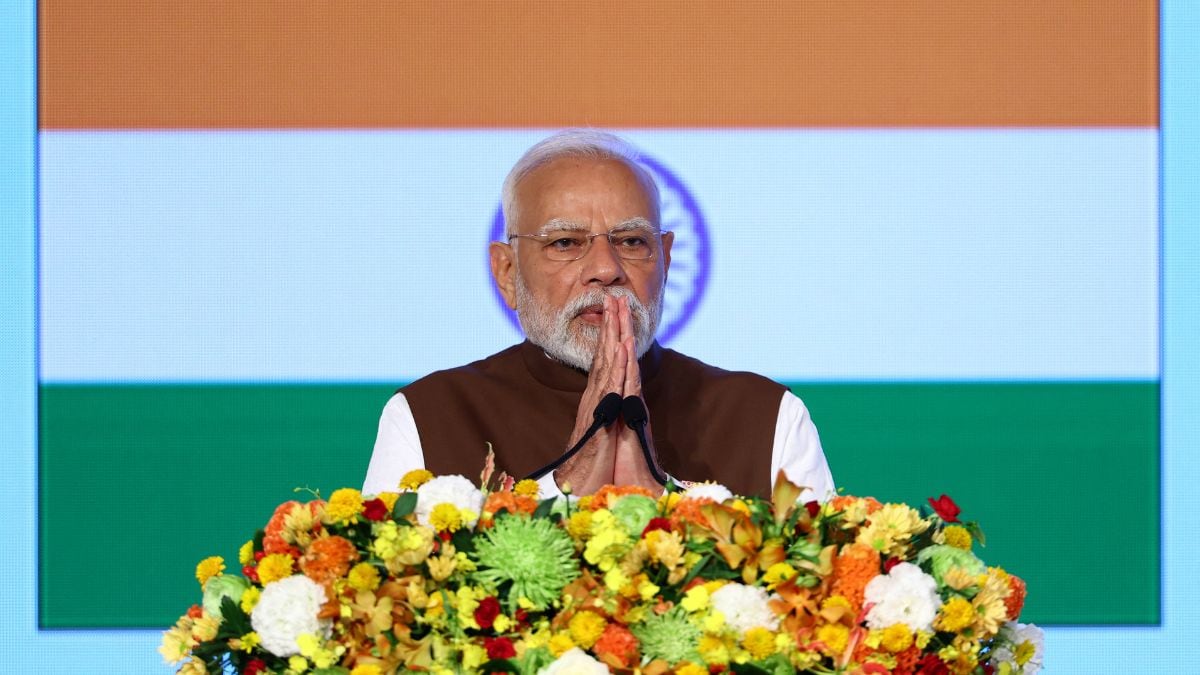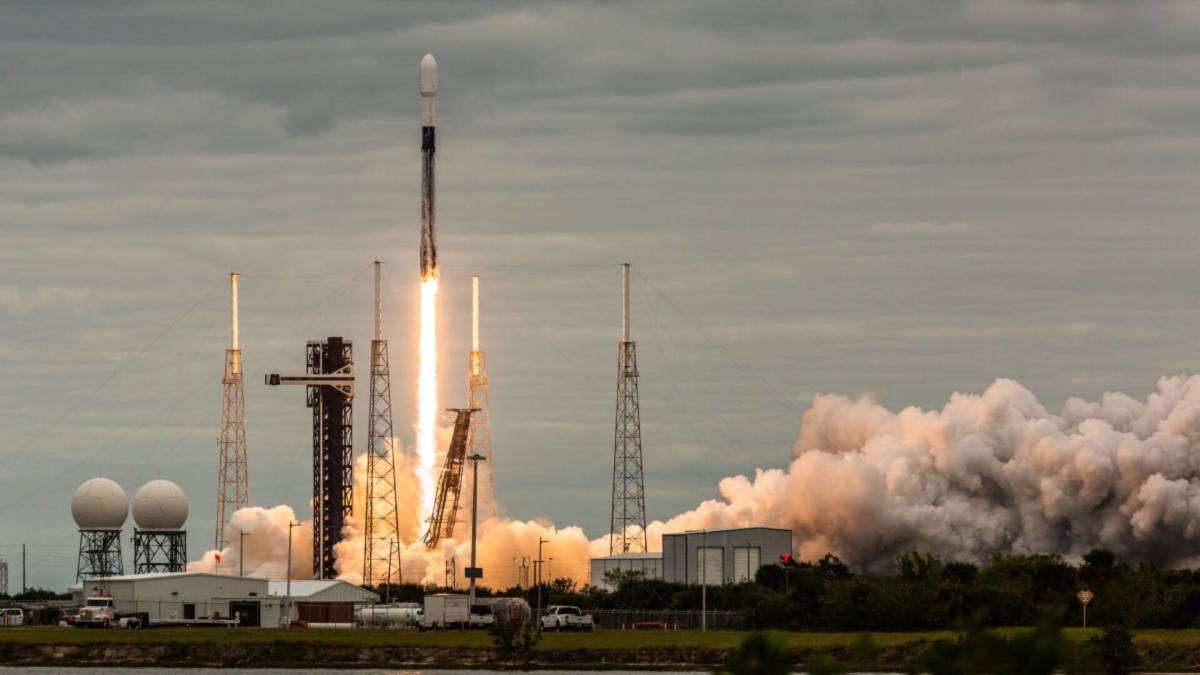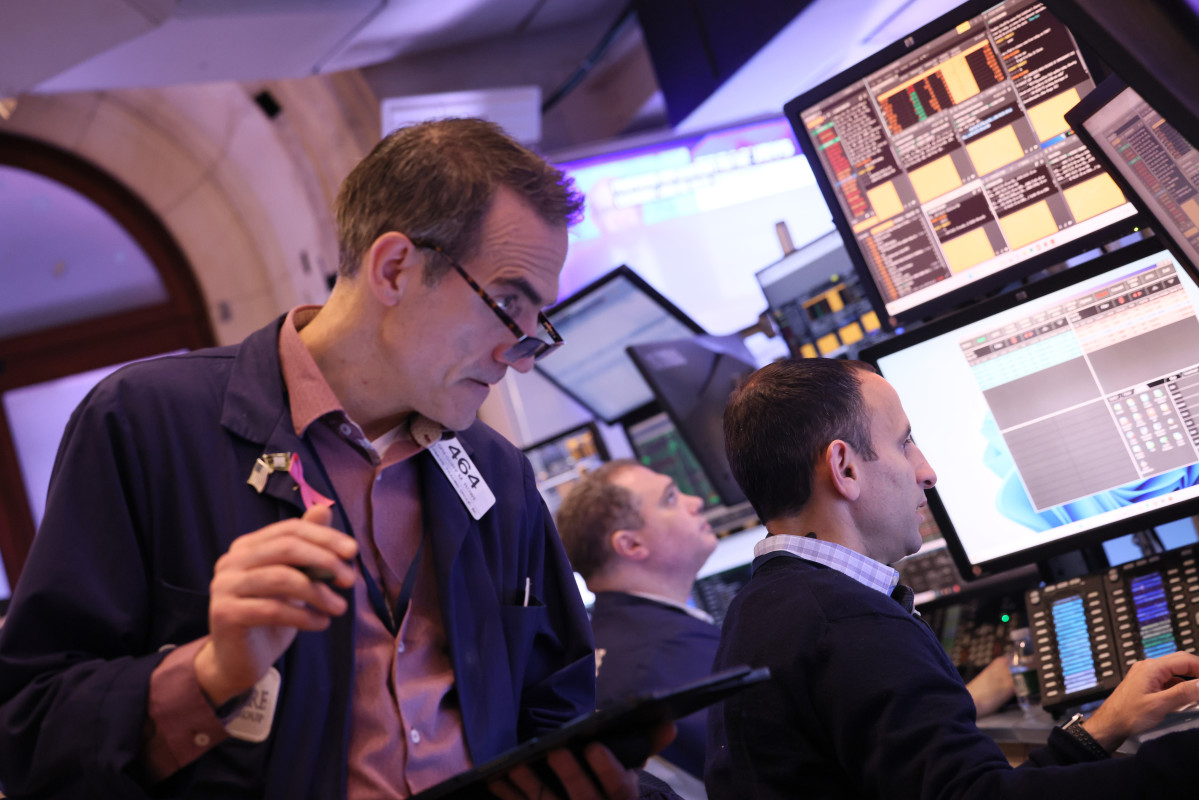Uber is paying drivers to train their potential replacement
Artificial intelligence (AI) is taking over the world and rapidly reshaping industries. It is becoming essential in many businesses to increase efficiency and enhance customer experience. Yet, as technology evolves, it also sparks controversy, particularly among workers who fear AI could one day ...
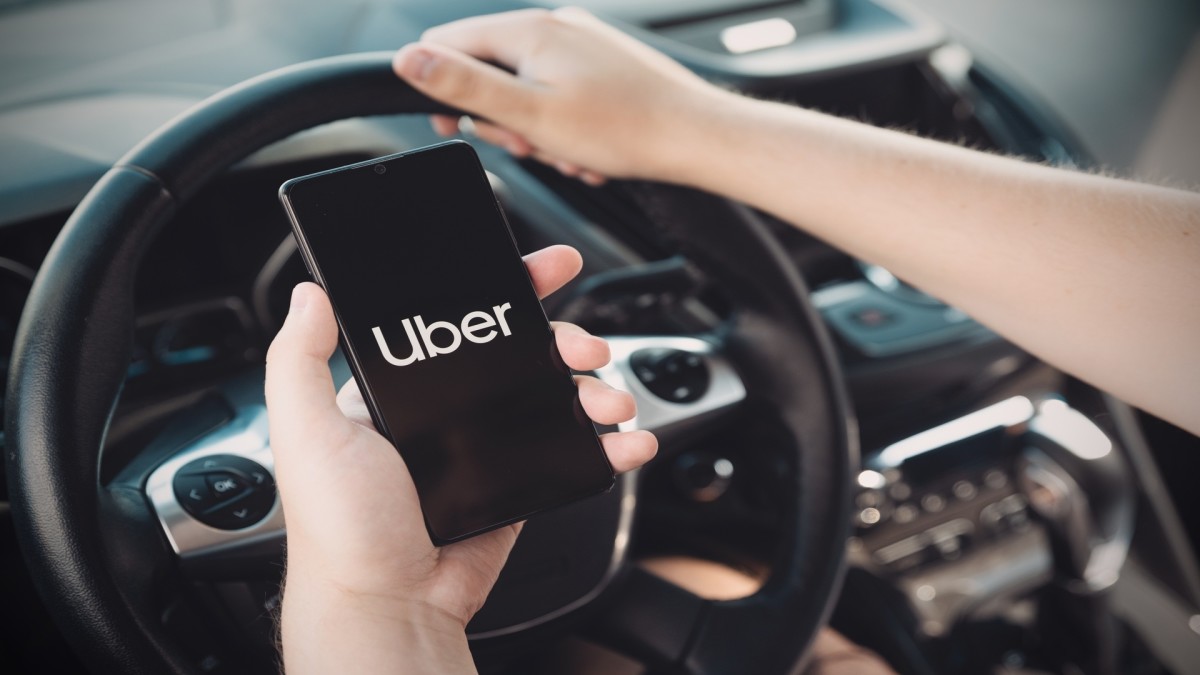
Artificial intelligence (AI) is taking over the world and rapidly reshaping industries. It is becoming essential in many businesses to increase efficiency and enhance customer experience.
Yet, as technology evolves, it also sparks controversy, particularly among workers who fear AI could one day replace them.
Now, Uber is pushing tensions to the next level by paying its drivers to help train the AI systems that might eventually take their place.
Uber is introducing Digital Tasks, a program from its AI Solutions Group that gives drivers tasks to complete through the Uber App during their downtime and earn money.
Some of the tasks include short voice recordings in the language they feel most comfortable with, submitting documents written in different languages, and uploading specific images.
"Uber connects you with companies that need real people to help improve their technology. By completing short digital tasks across different languages and topics, you’ll help make their products smarter — while earning extra through the Uber app," explained Uber in the announcement.
Digital Tasks is part of Uber's Crew Program, which involves drivers and couriers who partner with Uber to improve the app's experience through new features and updates. Shutterstock
How Digital Tasks works
This program is already being tested in India(BHARAT), and a pilot program for select drivers and couriers will launch in the U.S.
Only drivers who opt in will be eligible. They will receive invitations through the Work Hub's Opportunity Center, but these tasks will only be offered based on client demand.
When the task list becomes available, drivers can view tasks with expected time and earnings and choose which ones to complete. After finishing a task, drivers will receive their earnings within 24 hours.
Artificial intelligence in the workforce
While Uber (UBER) hasn't explicitly stated that its AI tools will replace human employees, many workers still fear the broader implications of AI in the workplace.
A Pew Research Center survey found that 52% of U.S. workers are worried about AI's impact on the workplace, and 32% believe it will lead to reduced future employment opportunities.
Related: Target announces a major change affecting its entire business
The current labor market slowdown presents another challenge. According to the U.S. Bureau of Labor Statistics, 911,000 fewer jobs than expected were added in the 12 months through March 2025.
In August alone, just 22,000 new nonfarm payrolls were added, while the unemployment rate rose to 4.3%, the highest level in nearly four years.
Despite these concerns, companies show no signs of slowing the use of AI to improve their businesses. According to McKinsey & Company, 92% of companies plan to increase their AI investments over the next three years.
Experts are divided on AI's use
Experts are divided on how to handle AI's rapid growth. Some, like Microsoft Co-Founder Bill Gates, argue that regulation is the key to keeping these innovations safe.
"Soon after the first automobiles were on the road, there was the first car crash. But we didn’t ban cars — we adopted speed limits, safety standards, licensing requirements, drunk-driving laws, and other rules of the road," said Gates.
Others, including Tesla CEO Elon Musk, warn that the risks of AI go far beyond job losses.
"AI is more dangerous than, say, mismanaged aircraft design or production maintenance or bad car production," said Musk, in an interview. "It has the potential of civilization destruction."
Related: Walmart puts a freeze on one kind of hiring (blame the White House)
What's Your Reaction?

























